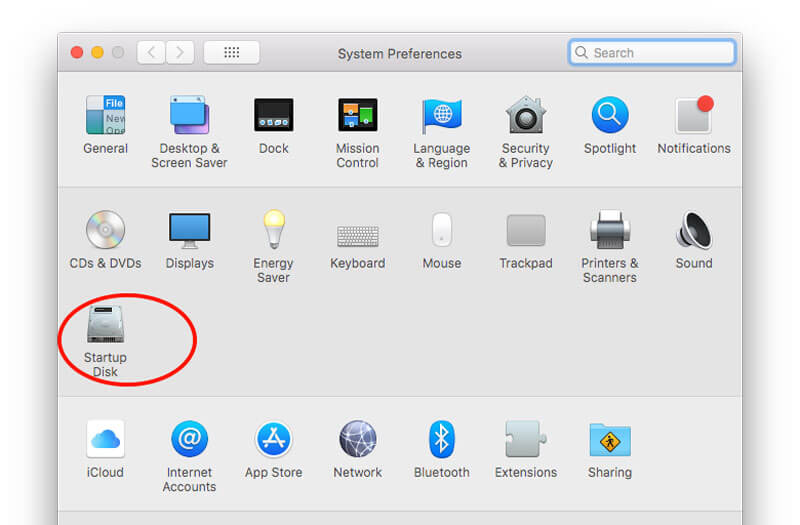

However, macOS provides a simpler solution if you’re connected to the appropriate network. You can usually find your router’s IP on the device itself. When prompted, enter your user account password and click Install Helper. When the setup program begins, click Next. Click Open when prompted to open the file. Seek advice from the manufacturer if needed. Click the Download button corresponding to the macOS version installed on your computer.


Access your router through its IP address.Connect your external hard drive to your router’s USB port.If everything looks good, you’re ready to follow these steps to set up network attached storage for your Mac: Sometimes network devices supplied by internet service provides can be a little basic, so upgrading may be necessary. You should also check that your router has a USB port and that it supports NAS. Related: How to Easily Share Files Between Mac and Windows If, however, you will be plugging the external disk into both Macs and Windows PCs, you should format it as FAT32 or ExFAT to ensure compatibility with both operating systems. If you’re not going to be physically connecting the NAS drive to other devices, the format you use doesn’t matter. When ready, click Create macOS installer. Just click on the name of your USB drive that you wish to make bootable. Then in the next column, choose the destination. How to Set Up Network Attached Storage in macOS Under Choose macOS installer, you’ll find all of the available operating system files.


 0 kommentar(er)
0 kommentar(er)
